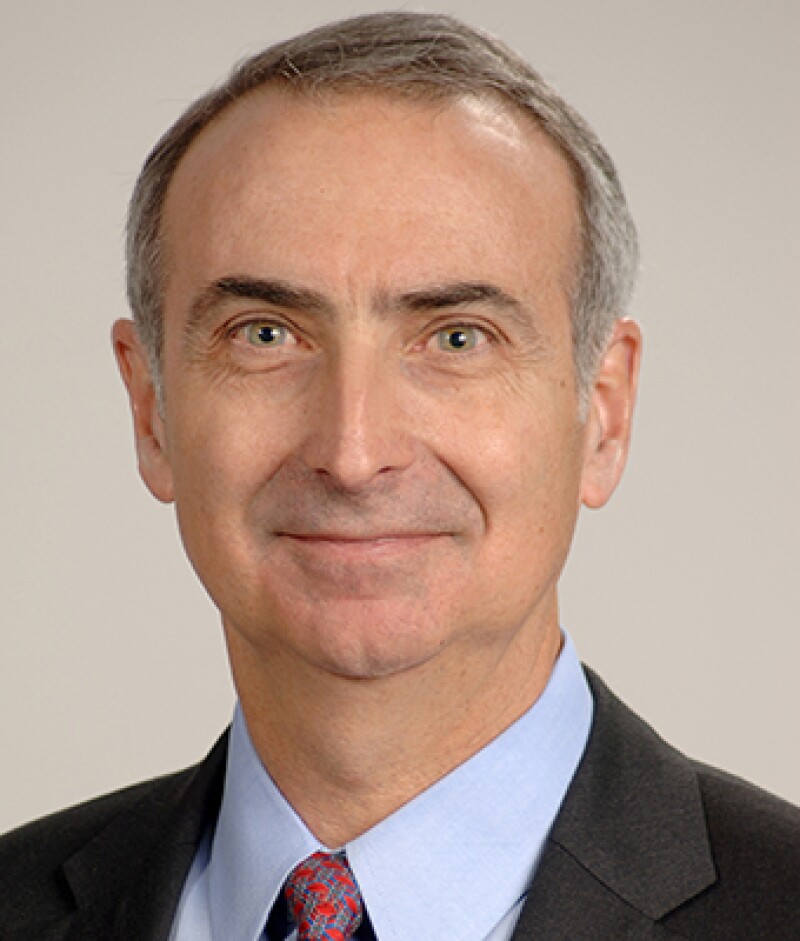
The first Intelsat EpicNG is due for launch in the first quarter of 2016.
It will be designed for “high demand applications that are evolving right now”, says Steve Spengler, CEO of the company since April 2015. “Broadband is the driver today.”
That’s very different from the reasoning for Intelsat’s first satellite, Early Bird, back in 1965. Then, the sheer ability to make a transatlantic phone call or see an international sports match on your local TV station was enough.
Intelsat delivered “phone connectivity to the nations of the world”, says Spengler, who has worked in the industry for 30 years — the last 12 at Intelsat.
“Among our tasks today is to connect the unconnected, the 3.5 to 4 billion who are not connected to the internet.” That will be the role of the EpicNG series, “to provide services that will enable mobile and fixed telecoms operators to reach their market”.
Though the products and services have changed radically in 50 years — the internet, email and mobile phones were all undreamed of in 1965 — Intelsat still has the same market approach as it did back then: “We work at the wholesale level,” says Spengler. “We have relationships with all the major telecoms operators, including Orange, BT, Verizon and América Móvil. They are customers of ours.”
Mobile operators use satellites to connect voice and data services to their base stations in remote areas.
The fastest growth sector for the company is services to the maritime and aeronautical markets. The maritime market is growing at about 50% a year, and “today there are 1,800 planes provided with broadband, but there will be 21,000 in nine years. People are expecting broadband over Wifi — and this is still the beginning of the revolution.”
This expected demand is what is driving Intelsat’s investment in the innovative EpicNG satellites. “They will have 10 times the throughput of traditional satellites.”
Two are due to be in service by the end of 2016, covering between them most of the world’s land masses. Five further satellites are planned to enhance coverage and provide back-up.
Spengler is hoping that the EpicNG series will revive innovation in the satellite industry.
Half a century ago they were the only way of providing global telephone services, but the advent of optical fibre, both across land and on the sea bed, took away most of that revenue.
“Over time the satellite industry has had a number of periods when it made a significant impact on telecoms,” says Spengler. “Cable TV couldn’t have had its impact without satellites.” They deliver programme channels to the cable operators’ control centres. “And direct-to-home TV created a huge market.”
Now, broadband will create “the next wave of growth and innovation, connecting unconnected people as well as aircraft and ships and cars and trains”, he says. “With the latest innovations, satellites are going to play an important role. Innovation has caused new vitality in our sector. It’s been very gratifying.”
Among these innovations will be the internet of things, he adds. “We believe the internet of things and connecting devices is going to be an important part of the future.”
Car makers are already using 3G and 4G mobile to connect vehicles, “but that is not a global solution” because mobile networks do not have universal coverage. Intelsat is working with US-based antenna company Kymeta to develop satellite services for connected cars. “This will provide very effective connectivity for car manufacturers,” he says.
Applications will include software downloads to cars, telemetry back to the manufacturers, and broadband coverage for drivers and passengers. Transport companies and makers of agricultural and construction machinery are also likely to be customers. “There is a whole range of applications.”
He expects a big market in connecting oil and mining companies’ remote sites, “so they have the same capability as city offices”.
The EpicNG satellites “will have an open architecture that will allow designers on the group to enhance their technology”, he notes. Satellites have longer and longer lives, “and a satellite that is in orbit for 10 years can be enhanced to get more out of it than you intended”, says Spengler. Even though satellites orbit thousands of kilometres above the planet, innovation can still reach them.





